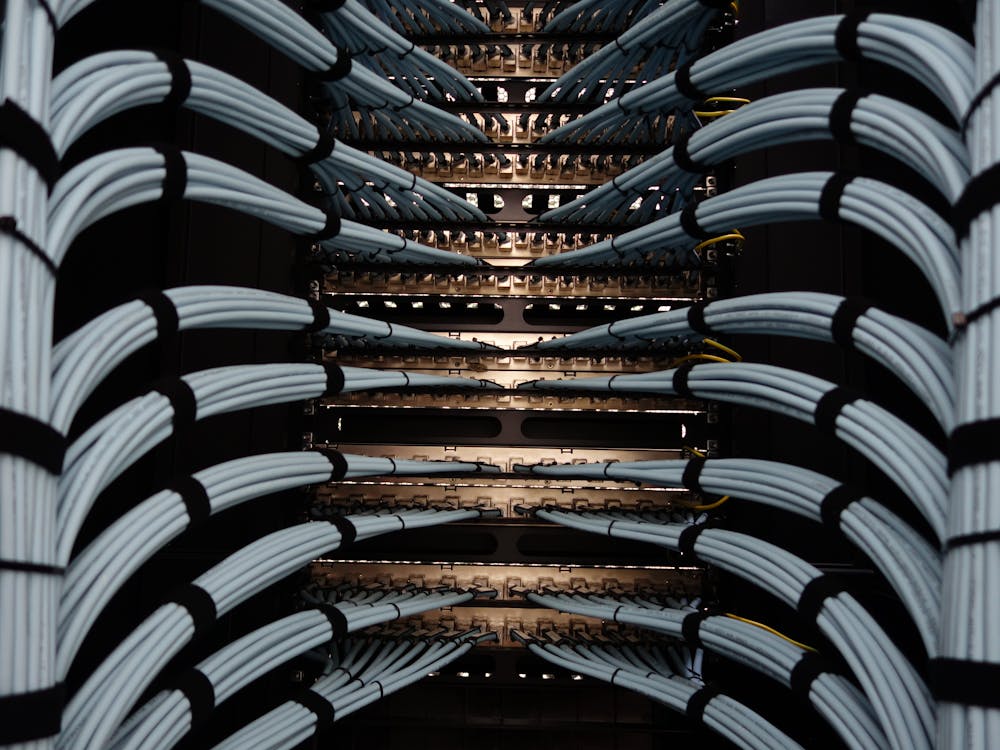Why the Internet of Things Is the Backbone of Industry 4.0
The Evolution of Industry: From Steam to Smart Systems
The journey of industrial evolution has seen transformative shifts—from the steam-powered machinery of the first industrial revolution to the mass production lines of the second, and the automation introduced in the third. Now, we’re amidst the fourth industrial revolution, known as Industry 4.0, characterized by the fusion of digital technologies with physical systems.
At the heart of Industry 4.0 lies the Internet of Things (IoT), a network of interconnected devices that communicate and exchange data. This connectivity enables real-time monitoring, decision-making, and automation, fundamentally altering how industries operate. IoT serves as the nervous system of modern manufacturing, facilitating seamless integration between machines, systems, and humans.
The significance of IoT in Industry 4.0 cannot be overstated. It provides the infrastructure for smart factories, where equipment can self-diagnose issues, predict maintenance needs, and optimize performance without human intervention. This level of intelligence and autonomy is a defining feature of the new industrial era.
As industries continue to embrace digital transformation, IoT’s role as the backbone of Industry 4.0 becomes increasingly evident, driving efficiency, innovation, and competitiveness in the global market.
Real-Time Data: The Fuel of Smart Manufacturing
In the realm of Industry 4.0, data is the new oil, and IoT devices are the drills extracting this valuable resource. Sensors embedded in machinery collect vast amounts of data on performance, environmental conditions, and operational parameters. This real-time data is crucial for informed decision-making and process optimization.
For instance, predictive maintenance relies on continuous data streams to anticipate equipment failures before they occur, reducing downtime and maintenance costs. Similarly, real-time monitoring allows for immediate adjustments in production processes, enhancing quality control and reducing waste.
The integration of IoT with advanced analytics and machine learning further amplifies its impact. By analyzing patterns and anomalies in data, systems can autonomously adapt to changing conditions, ensuring optimal performance. This level of responsiveness is unattainable without the constant flow of data facilitated by IoT.
Moreover, the transparency provided by real-time data fosters trust and collaboration across the supply chain. Stakeholders can access up-to-date information, enabling synchronized operations and agile responses to market demands.
Cyber-Physical Systems: The Integration of Digital and Physical Worlds
Cyber-Physical Systems (CPS) represent the convergence of computational algorithms and physical processes, a cornerstone of Industry 4.0. IoT is instrumental in this integration, providing the communication channels between digital control systems and physical machinery.
In a CPS, sensors collect data from the physical environment, which is then processed by computational systems to make decisions or adjustments in real-time. This feedback loop enables systems to respond dynamically to changes, enhancing efficiency and adaptability.
For example, in a smart factory, IoT-enabled machines can adjust their operations based on real-time data, such as modifying production speed in response to supply chain fluctuations. This level of automation and responsiveness is a hallmark of Industry 4.0.
Furthermore, CPS facilitated by IoT extends beyond manufacturing. In sectors like healthcare, transportation, and energy, the integration of digital and physical systems leads to smarter, more efficient services. IoT’s role in enabling these systems underscores its position as the backbone of modern industry.
Enhancing Supply Chain Transparency and Efficiency
The complexity of global supply chains necessitates real-time visibility and coordination, challenges that IoT addresses effectively. By embedding sensors and connectivity into products and logistics infrastructure, IoT provides end-to-end tracking and monitoring capabilities.
This transparency allows companies to monitor inventory levels, track shipments, and anticipate disruptions, enabling proactive decision-making. For instance, IoT can alert managers to delays in transit, allowing for contingency planning and customer communication.
Moreover, IoT facilitates demand-driven supply chains by providing real-time sales and usage data. This information enables companies to adjust production schedules and inventory levels dynamically, reducing waste and improving customer satisfaction.
The integration of IoT into supply chain management not only enhances efficiency but also builds resilience against disruptions, a critical advantage in today’s volatile global market.
Empowering Workforce and Enhancing Safety
While automation is a key aspect of Industry 4.0, the human workforce remains integral to industrial operations. IoT technologies empower workers by providing them with real-time data and tools to make informed decisions and perform tasks more efficiently.
Wearable IoT devices can monitor workers’ health and environmental conditions, ensuring safety and compliance with regulations. For example, sensors can detect exposure to hazardous substances or monitor vital signs, triggering alerts in case of anomalies.
Additionally, IoT facilitates training and skill development through augmented reality (AR) applications that provide interactive, real-time guidance. This technology enhances learning outcomes and reduces the time required to achieve proficiency.
By integrating IoT into workforce management, industries can create safer, more productive work environments that leverage human expertise alongside advanced technologies.
Driving Innovation and Competitive Advantage
The adoption of IoT within Industry 4.0 is not merely about operational efficiency; it’s a catalyst for innovation and competitive differentiation. By enabling data-driven insights and agile processes, IoT empowers companies to develop new products, services, and business models.
For instance, manufacturers can offer predictive maintenance services to customers, leveraging IoT data to anticipate equipment needs. This shift from product-centric to service-oriented offerings opens new revenue streams and strengthens customer relationships.
Furthermore, the agility provided by IoT allows companies to respond swiftly to market changes, customize products, and optimize resource utilization. These capabilities are essential for maintaining a competitive edge in rapidly evolving industries.
